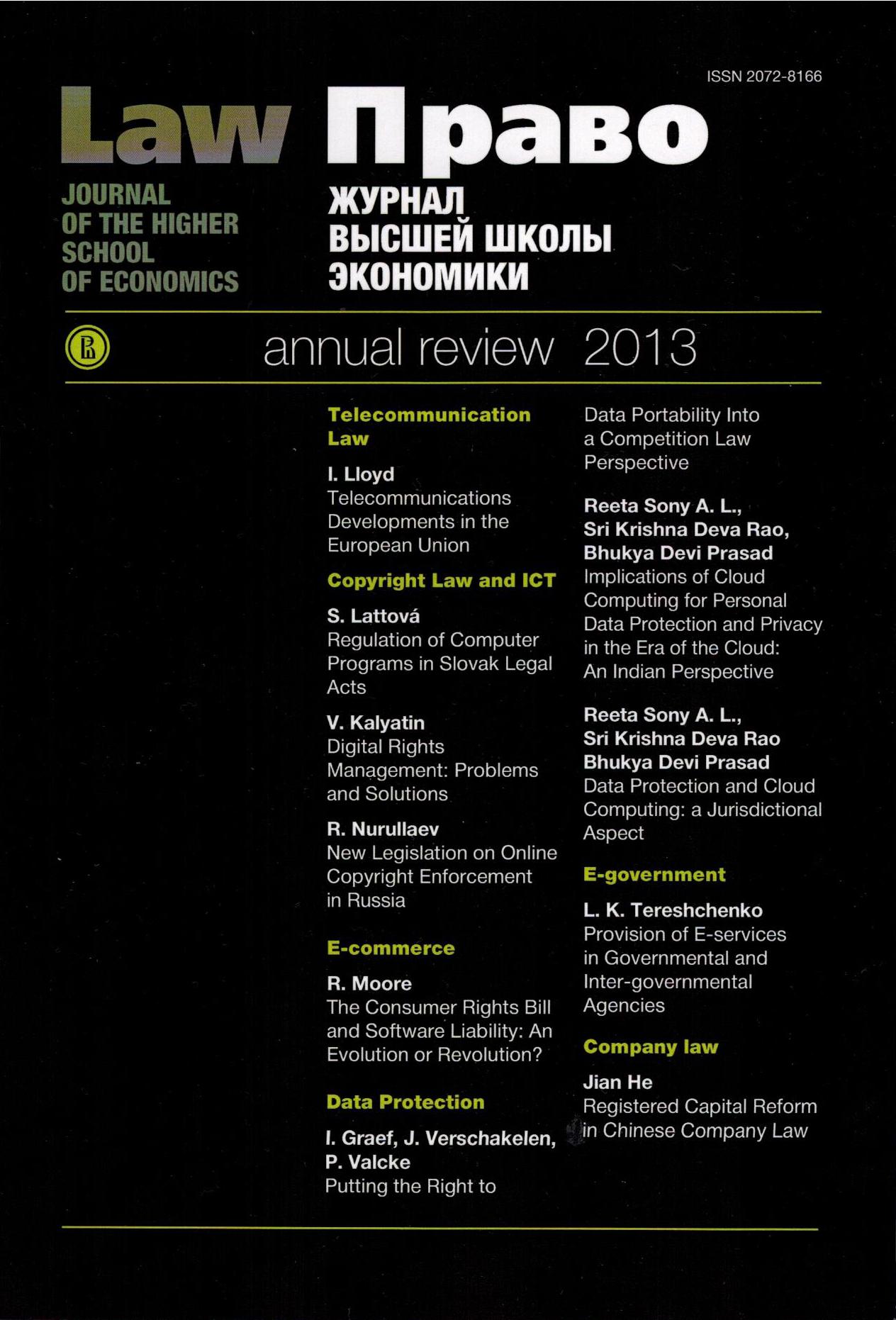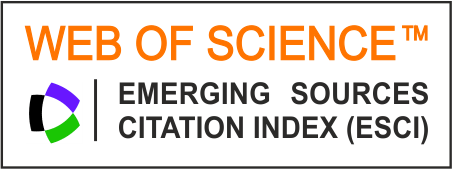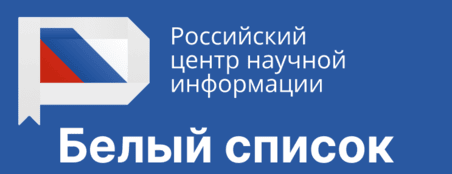Digital Rights Management: Problems and Solutions
Аннотация
Kalyatin Vitaly - Senior research fellow at the Higher School of Economics’ Educational and Research Laboratory for Information Law; Professor at the Russian School of Private Law, Candidate of Legal Sciences. Address: 20 Myasnitskaya str., Moscow, 101000, Russian Federation. E-mail: kalvit@yandex.ru.
This article is devoted to digital rights management, a recent addition to the field of copyright. The introduction of legal measures which protect digital rights management has provided right holders with a powerful tool, with which to control the use of their creative output.
At the same time, the use of such measures threatens freedom of information, because, in certain instances, it allows right holders to limit access to works accessible in the public domain. Right holders' use of contracts as instruments which can help circumvent the legally prescribed free use of intellectual property outputs presents a significant problem. This affects both commercial users of intellectual property and generators of corresponding software and hardware. While the 1996 World Intellectual Property Organisation (WIPO) copyright treaty focused on the circumvention of digital rights management, the European Union directive focuses on the circumvention processes at the preparation stages of digital rights management. This focus not only threatens businesses creating products, the use of which may lead to access of a corresponding work, but also limits users' activity, which is not directly related to the violation of copyright. Consequently, the effectiveness of this arrangement and its future prospects depend on, among other things, the degree of consideration assigned to public interests, foreseen limitations, the nature of coordinating the specifications of digital rights management and the provision of information protection for users, as well as a number of other conditions.
This article analyses the ways in which different countries approach digital rights management and considers the development of corresponding Russian legislation. The author concludes that we are in the midst of witnessing the creation of a new and unique regulatory regime, which will be founded using new approaches, including the stipulation of conditions for access to copyrighted works, access to information relating to copyrighted works, the allocation of responsibility, etc.


















